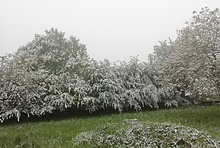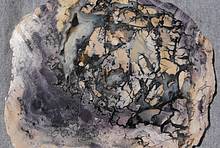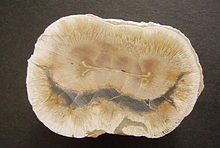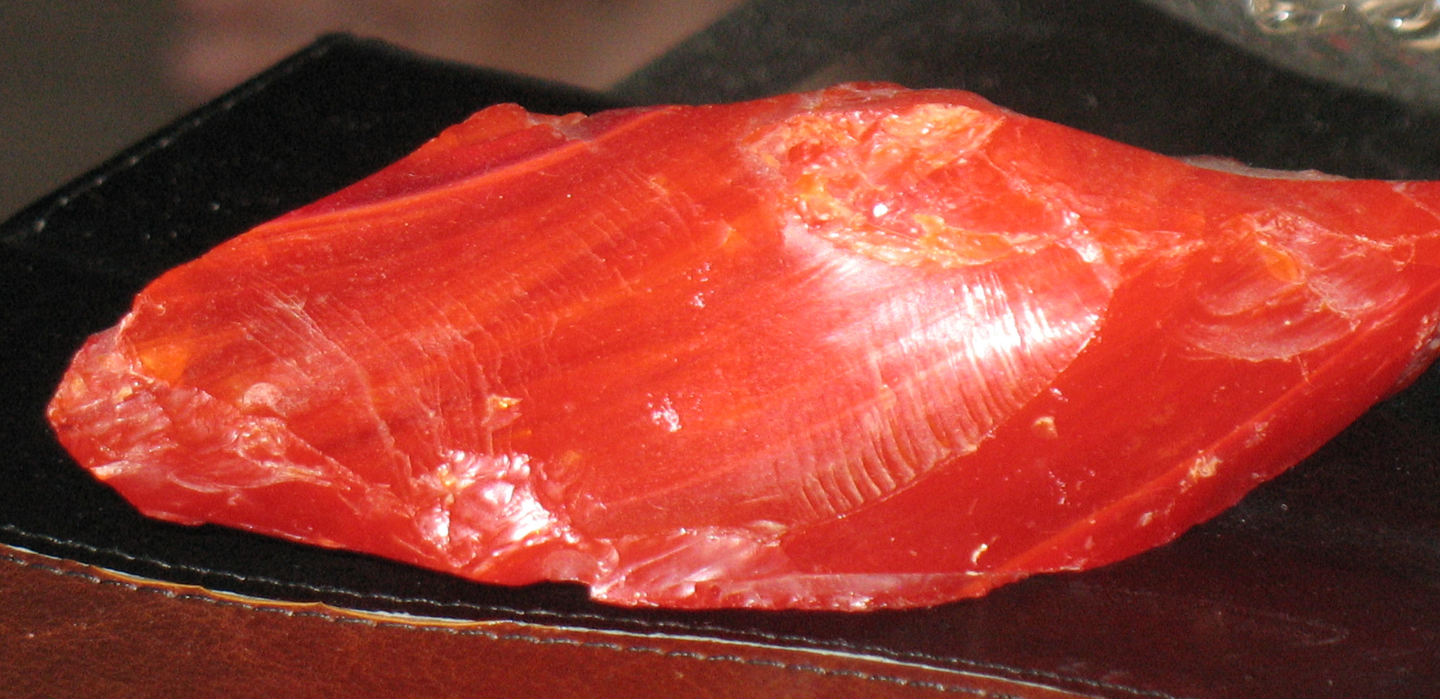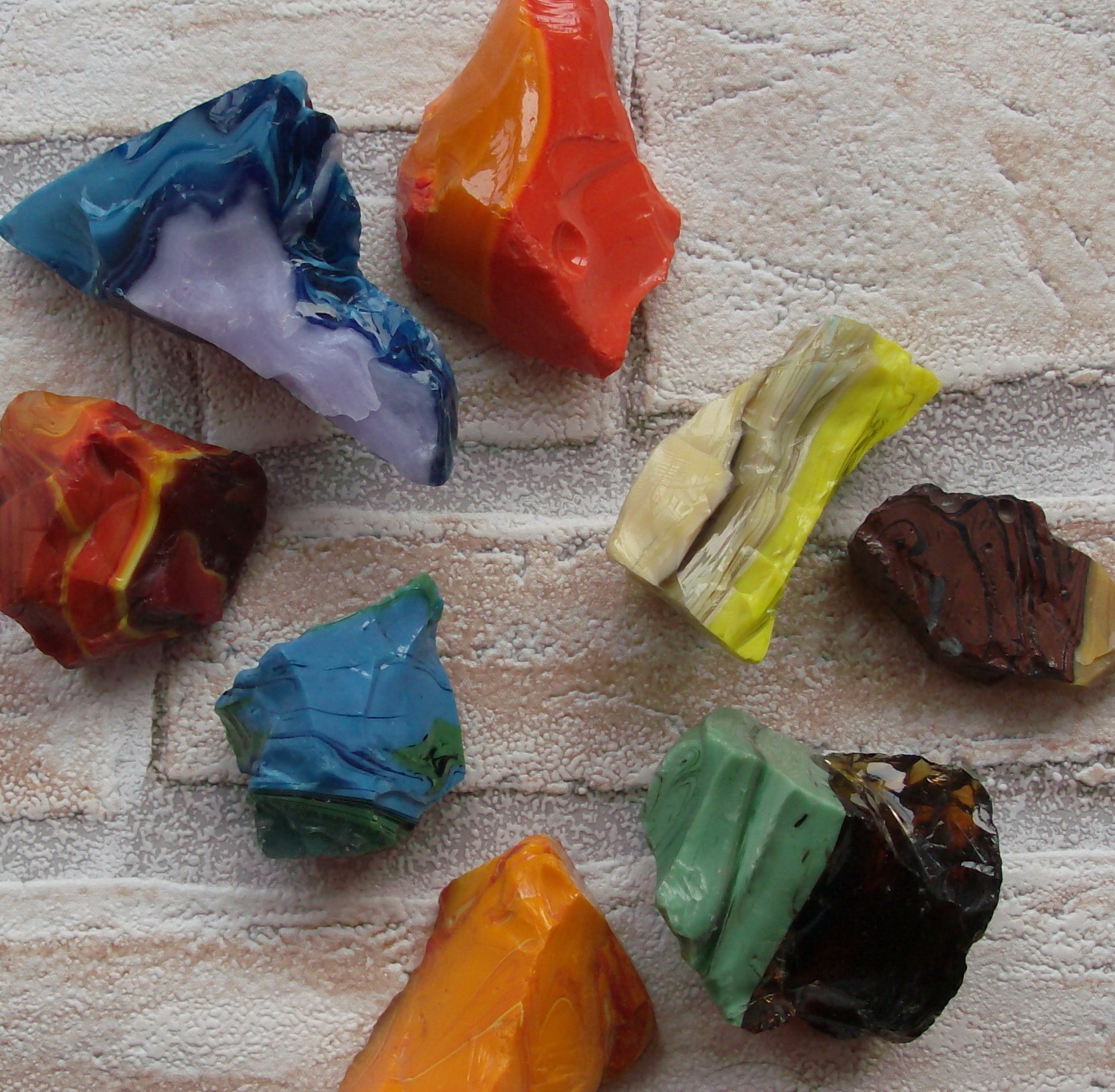Home PageAbout MindatThe Mindat ManualHistory of MindatCopyright StatusWho We AreContact UsAdvertise on Mindat
Donate to MindatCorporate SponsorshipSponsor a PageSponsored PagesMindat AdvertisersAdvertise on Mindat
Learning CenterWhat is a mineral?The most common minerals on earthInformation for EducatorsMindat ArticlesThe ElementsThe Rock H. Currier Digital LibraryGeologic Time
Minerals by PropertiesMinerals by ChemistryAdvanced Locality SearchRandom MineralRandom LocalitySearch by minIDLocalities Near MeSearch ArticlesSearch GlossaryMore Search Options
The Mindat ManualAdd a New PhotoRate PhotosLocality Edit ReportCoordinate Completion ReportAdd Glossary Item
Mining CompaniesStatisticsUsersMineral MuseumsClubs & OrganizationsMineral Shows & EventsThe Mindat DirectoryDevice SettingsThe Mineral Quiz
Photo SearchPhoto GalleriesSearch by ColorNew Photos TodayNew Photos YesterdayMembers' Photo GalleriesPast Photo of the Day GalleryPhotography
╳Discussions
💬 Home🔎 Search📅 LatestGroups
EducationOpen discussion area.Fakes & FraudsOpen discussion area.Field CollectingOpen discussion area.FossilsOpen discussion area.Gems and GemologyOpen discussion area.GeneralOpen discussion area.How to ContributeOpen discussion area.Identity HelpOpen discussion area.Improving Mindat.orgOpen discussion area.LocalitiesOpen discussion area.Lost and Stolen SpecimensOpen discussion area.MarketplaceOpen discussion area.MeteoritesOpen discussion area.Mindat ProductsOpen discussion area.Mineral ExchangesOpen discussion area.Mineral PhotographyOpen discussion area.Mineral ShowsOpen discussion area.Mineralogical ClassificationOpen discussion area.Mineralogy CourseOpen discussion area.MineralsOpen discussion area.Minerals and MuseumsOpen discussion area.PhotosOpen discussion area.Techniques for CollectorsOpen discussion area.The Rock H. Currier Digital LibraryOpen discussion area.UV MineralsOpen discussion area.Recent Images in Discussions
Identity Helpis this red obsidian

18th Jan 2011 19:05 UTCsteve ennis
he said keep it, i ended up putting away for all these years and recently dug it out .

18th Jan 2011 19:43 UTCAlfredo Petrov Manager

18th Jan 2011 19:48 UTCsteve ennis
i wonder if there has been found any red ( i mean red like this) obsidian anywhere?
not doubting you, just wondering what are the signs that is manmade glass?
thanks for putting up!

18th Jan 2011 20:40 UTCAlfredo Petrov Manager

18th Jan 2011 21:28 UTCWayne Corwin
You said>> "Not obsidian, unfortunately, just synthetic glass."
I wasn't aware that glass was conidered "synthetic" LOL
Keep On Rockin'
Wayne

18th Jan 2011 21:40 UTCAlfredo Petrov Manager
18th Jan 2011 22:39 UTCRob Woodside 🌟 Manager

18th Jan 2011 22:42 UTCAnonymous User

19th Jan 2011 00:14 UTCAlfredo Petrov Manager

19th Jan 2011 22:27 UTCsteve ennis
i can see maybe some bozo planting it behind my back just to see my reaction and get a kick...who knows
but i can tell you when i found it nobody around but my gramps at the bottom of the hill.
joke is on me...darn that i had something for a minute, thanks again, steve

19th Jan 2011 23:08 UTCAlfredo Petrov Manager

20th Jan 2011 00:31 UTCsteve ennis
this hill/mountain had nothing at all growing on it, hunting there seems a bit odd
also it would have to one large bottle ( see size of specimen)
did any bottler make large red bottles? what on earth would be in it?
this really has me thinking how this item really got there--tektite? ( i wish huh!)
i want you all to know i really value your thoughts and opinions! thanks!

20th Jan 2011 00:37 UTCsteve ennis

20th Jan 2011 01:13 UTCAlfredo Petrov Manager

21st Jan 2011 13:51 UTCAnonymous User
I have these pieces which same yours. A friend send me few pieces from Helen-Georgia.
My friends on this site tell me: ,, just glass,,!:(
21st Jan 2011 15:41 UTCMark Gottlieb

15th May 2011 03:19 UTCJan Hildreth

15th May 2011 04:09 UTCKristopher Dingfield

15th May 2011 04:35 UTCAlfredo Petrov Manager

13th Sep 2016 04:19 UTCCarol Kilgore

13th Sep 2016 05:49 UTCJim Allen
I don't remember when I got the smaller point, but it was likely picked from a basket of modern-day arrowheads offered at a rock show during the same period. They were usually 50 cents each or sometimes four for a dollar.
Carol's and Steve's bright red material is unlike any known variety of obsidian, but it is identical to well-known slag glass. And we know that flintknappers were using slag glass to shape arrowheads and the like during the time when Carol's ex acquired the material. I can't conclude their material is anything other than manmade glass.
All the best.
Jim

13th Sep 2016 05:49 UTCVolkmar Stingl

13th Sep 2016 06:14 UTCAlfredo Petrov Manager
13th Sep 2016 12:16 UTCPaul Brandes 🌟 Manager
Far too "bright" of a colour for natural obsidian from a volcanic eruption as stated above....

13th Sep 2016 12:46 UTCErik Vercammen Expert

13th Sep 2016 14:04 UTCRolf Luetcke Expert
My wife's family was in the mineral business back into the 40's and 50's and she told me her dad had a big table full of the multicolored slag glass. Back in the early glass making times in the US, the glass manufactures found the left over glass was sought after for decorative pieces and they often mixed all kinds of colors and then broke the cooled glass into chunks and sold it to a multitude of sellers.
One thing I recall from the pieces I have are they are nicely fluorescent and obsidian is not. Try the fluorescence on your various pieces.
Since the glass industry goes back not hundreds but thousands of years, slag glass has ended up in so many different places.
Steve, as for your question as to how a piece would end up where you found it I think people have pretty well been all over and things get lost, dropped, discarded and then nature takes its course and distributes it in many places.
I recall people picking up the tumbled glass on the beaches thinking "gems" when it was bottle glass tossed out at sea.
I have one of those pieces talked of above by Alfredo, an old piece of metal that looked exactly like a meteorite and a friend took a small piece I had cut off to a lab and it was not a meteorite. Nobody knows where it came from but it turned out to be some kind of industrial smelted material and after lying out for a long time it really resembled a meteorite.
Give the UV test a try, you might like the results.
Rolf
13th Sep 2016 14:19 UTCReiner Mielke Expert

13th Sep 2016 18:30 UTCDoug Schonewald
Even if this seems farfetched, how can you, archeologically speaking, tell this was 'worked' by native-americans and not by some European immigrant knapping tools. European immigrants knapping tools is nothing new. Here is a quote from 'A Short History of Flintknapping' : Native American Indians began Flintknapping stone tools in North America sometime before 14,000 years ago. European Americans began flintknapping in North America for the "fake" commercial market, in volume, by the late 1800’s."

14th Sep 2016 18:09 UTCRolf Luetcke Expert
Case in point, across from where I live is an old wagon route from the 1800's, Southern Arizona is where I live. I was walking my dogs one day and found a spot covered in old purple glass. In searching around I found all sorts of discarded stuff from a wagon that had passed this way at one time. They apparently decided it was a good place to dump 'trash". One thing that dated the spot was a piece of metal that a friend identified as a cavalry tent tightner used by the scouts from the early settler days.
Kristopher mentioned finding "meteorites" scattered in Texas. Here in Arizona we have the same old smelter slag that was used in a railroad bed running along the valley. Flash floods carried the pieces that fell into the washes for miles and people find these "meteorites" miles from any noticeable origin. I know where they came from and call them railroad meteorites. They do look just like a meteorite and I mostly now call them meteorwrongs.
I do know things get moved around by water and people over long periods and just because there is no sign of their origin, there is no way to know where they originated. The red obsidian is definitely slag glass, please try the UV and see if they glow, as I had said, the obsidian does not glow.
Rolf

27th Jan 2018 15:43 UTCNicklas Schmitt

27th Jan 2018 16:09 UTCNicklas Schmitt

27th Jan 2018 16:19 UTCNicklas Schmitt
27th Jan 2018 17:59 UTCReiner Mielke Expert

27th Jan 2018 18:39 UTCNicklas Schmitt
27th Jan 2018 20:45 UTCPaul Brandes 🌟 Manager
Many times what one calls "obsidian" is actually colourful slag glass. I have seen this material all over that someone in more recent times has cut/knapped into arrowheads, knifes, etc. Simply googling "colorful slag glass" will give you lots of images of this material. If what you're finding is "very red obsidian", chances are it's slag. With that said, there is more than just black obsidian out there. Providing good photos of what you're finding will at least give us an idea of what these things look like and to make an educated guess....

27th Jan 2018 23:13 UTCKeith Wood
If you do have a pre-European site, you are doing tremendous damage to it by digging it up yourself. Get a professional archeologist involved. To do otherwise with the belief you have about it is irresponsible.
However it sounds like a dumping ground from a past rock hound. I had one of those near my apartment. I threw all kinds of junky kyanite, ratty quartz crystals, pegmatite rocks, grossular garnet and other things down there. Whatever I was collecting at the time, the discards went down that slope.

28th Jan 2018 00:32 UTCNicklas Schmitt

28th Jan 2018 02:23 UTCBob Harman

28th Jan 2018 02:44 UTCMark Kucera 🌟
If the mineral club meeting you are talking about was the recent Morris Museum meeting, I saw some of your finds.
The range of colors you had compares to that of the third photo posted by 'anonymous user' back on Jan 21, 2011
(hopefully attached below). It was an incredible range of colors. Certainly too wide a range to think it was naturally occurring
obsidian from a local source. There are no doubt natural obsidian colors I haven't seen or haven't been discovered yet. Yes,
we know Native Americans traded with others. But to assume that many colors were available and haven't been previously found at
other sites is really pushing probabilities. Considering some of the other artifacts you mention, I also really lean toward
thinking you found a rock hound's or lapidary dump. There is just too much range of materials to think otherwise.
I don't know the direction your interests are taking you. You're always welcome at the mineral meetings. Hearing some
of the lectures would let you know more about local (and worldwide) minerals. Attending some local shows is also
great exposure to both local and worldwide minerals. We've had a lecture by the club's amateur anthropologist on
his local Indian artifacts. I'm confident he can help you on the local use of materials he has found. He probably has
some very good reference materials and contacts. Keep asking, eventually you'll find someone that can help identify
what you found.

28th Jan 2018 04:16 UTCDoug Daniels

28th Jan 2018 04:28 UTCAlfredo Petrov Manager

29th Jan 2018 01:22 UTCDoug Daniels

29th Jan 2018 22:48 UTCGary Weinstein
Thank you for saying exactly what I was thinking. NO bright colors, NO obsidian in the east. Even traded. They did trade as far as the Ohio flint area though usually only used the local quartzite, jasper, and argillite. This is the same as with finding meteorites. If the find is not documented by a professional then it has no verification, authentication or proof of anything. Meteorites and artifacts are not like finding quartz crystals or gold.
Gary
30th Jan 2018 04:48 UTCGregg Little 🌟

30th Jan 2018 15:28 UTCDonald B Peck Expert
I think that you have never seen any "bright colored" obsidian because there isn't any.
Don
30th Jan 2018 16:45 UTCGregg Little 🌟
30th Jan 2018 16:56 UTCKevin Hean
I think, about 41 years ago a Grandpa buried a lump of red glass so that his grandson could find some buried treasure. :-)
Kevin




Mindat.org is an outreach project of the Hudson Institute of Mineralogy, a 501(c)(3) not-for-profit organization.
Copyright © mindat.org and the Hudson Institute of Mineralogy 1993-2024, except where stated. Most political location boundaries are © OpenStreetMap contributors. Mindat.org relies on the contributions of thousands of members and supporters. Founded in 2000 by Jolyon Ralph.
Privacy Policy - Terms & Conditions - Contact Us / DMCA issues - Report a bug/vulnerability Current server date and time: April 23, 2024 19:51:36
Copyright © mindat.org and the Hudson Institute of Mineralogy 1993-2024, except where stated. Most political location boundaries are © OpenStreetMap contributors. Mindat.org relies on the contributions of thousands of members and supporters. Founded in 2000 by Jolyon Ralph.
Privacy Policy - Terms & Conditions - Contact Us / DMCA issues - Report a bug/vulnerability Current server date and time: April 23, 2024 19:51:36


